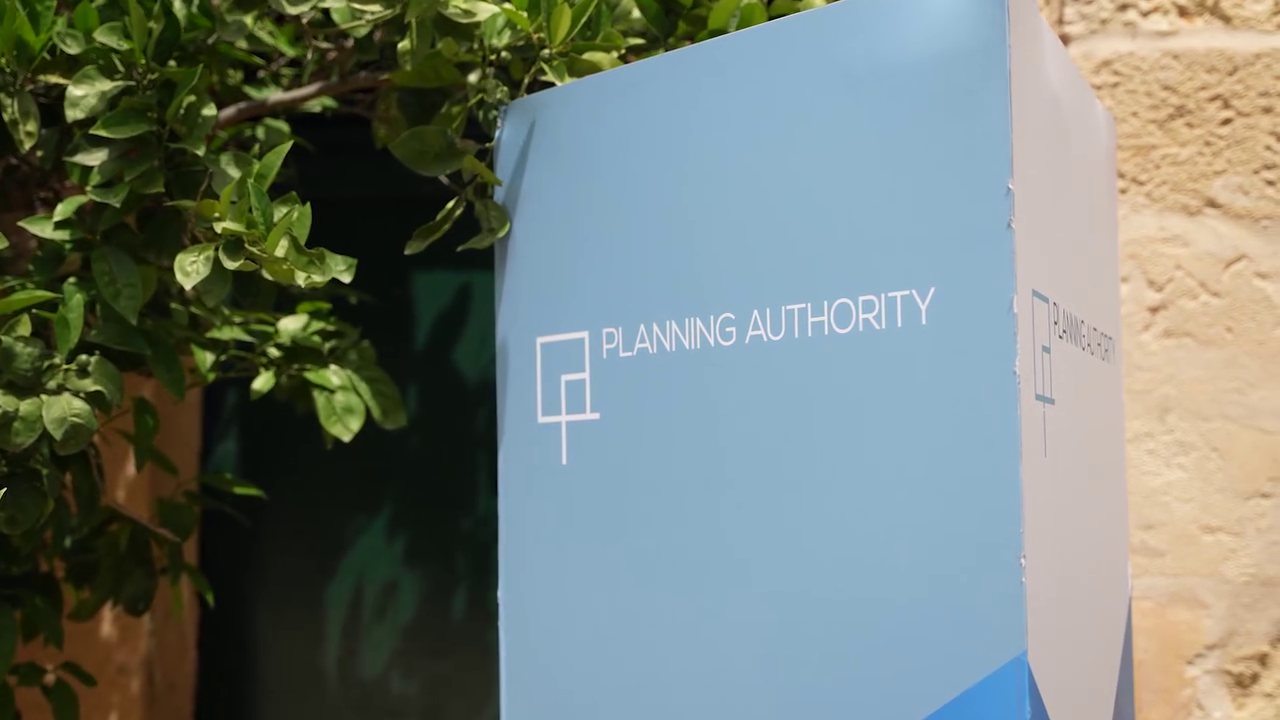Malta saw a sharp rise in licensed vehicles, predominantly passenger cars, and a 4.5% increase in traffic accidents in 2023, according to the latest National Statistics Office (NSO) report.
The NSO reported that Malta had 438,567 licensed vehicles last year, with passenger cars making up 73.8%.
The Northern Harbour district had the highest vehicle count at 25.5%, while Gozo and Comino had 9.6% of driving licence holders.
The average age of passenger cars in 2023 was 15.7 years, with the oldest vehicles predominantly in the Southern Harbour, Gozo, and Comino.
Public transport served 67,241,760 commuters, with only 4.3% from Gozo and Comino.
Traffic accidents rose by 4.5% in 2023, with the Northern Harbour district accounting for 35.8% of accidents.
Despite a decrease in traffic violations recorded by police and wardens, St Paul’s Bay and St Julian’s recorded the highest number. Speed camera violations totalled 41,410, with the Coast Road and Naxxar cameras registering the most offences.
The Transport Master Plan for 2025 proposed a National Cycling Policy, including two pilot cycling corridors, but little has been achieved since 2018. The current cycling infrastructure remains disconnected and poorly maintained.
In January, Chris Bonett became Malta’s new transport minister, inheriting the challenge of tackling the island’s traffic problems. With previous ministers struggling, Bonett must now implement effective solutions.
The NGO Rota has criticised the government’s lack of progress on the cycling strategy, highlighting the call to reduce traffic congestion and emissions. Rota drew attention to a 23.3% increase in road transport emissions since 2005, with 86% from private cars.
The organisation applauded the development of 17.5 km of clean urban transport infrastructure but criticised recent projects for not meeting international standards and inadequately addressing pedestrian and cyclist needs. Rota urges the government to prioritise active mobility and reassess current projects.
The National Transport Strategy for 2050 and the National Transport Plan 2025 advocate for a shift towards a car-light lifestyle, emphasising investments in public transport, bicycles, and innovative solutions. Yet Malta’s political landscape often hinders bold decisions.
In Malta, frustration with the traffic situation has reached boiling point, with residents taking to social media to vent their anger and disappointment.
Criticism of the government’s failure floods social media, with many expressing disbelief at the hours they need to spend in their cars because of congestion and road works, attributing the problem to bad management.
Comments like “How sad. Shameful. A country that doesn’t work”, and “Too many cars”, reflect the widespread dissatisfaction. People complain that even short trips have become a challenge, with roads that were supposed to alleviate traffic now contributing to bottlenecks.














do a check of how many taxis have been registered and you will discover surprises…
It’s time for some drastic action to resolve this problem which isn’t going away.
There’s a thousand excuses headed here and a lot of a buts. Vehicle traffic will drop by at least 25% if they are implemented, buses will be far more effective and might even run on time, the daily congestion will disapate, Ask yourself Do I really want to contribute to resolving this mess?
The last two years I have walked to where I need to be, or use the ‘bus. Rarely use the car now, too much of a hassle, driving AND parking.
Have you? Or are you just an armchair critic who will NEVER give his own car?
First double amount of buses and start building a metro